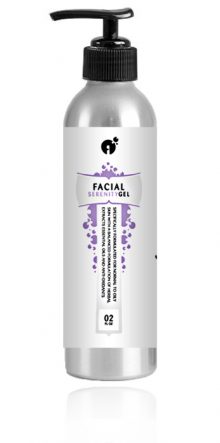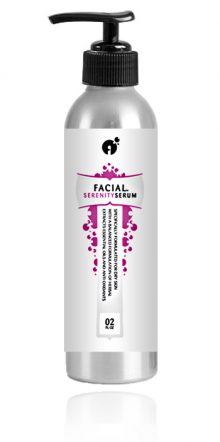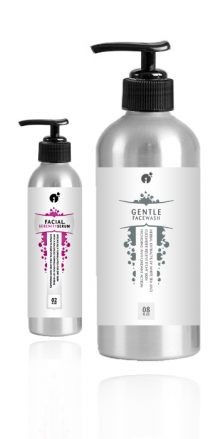What Causes My Red Face?
Examples of common conditions that can cause chronic redness of the face
Many things can cause a face to become red temporarily, such as being embarrassed in social situations, consumption of alcohol or spicy food, or having a sensitivity to niacin or mono-sodium glutamate (MSG). However, there are many conditions that can contribute to chronic facial redness. This article describes a few of them.
- Cushing’s Syndrome
Cushing’s syndrome is a hormone disorder that is caused by the exposure of the body to too much cortisol (a stress hormone). Cushing’s syndrome is relatively rare, and in addition to redness of the face, includes the following symptoms: high blood pressure, high blood glucose levels, fatigue, irritability, depression and anxiety. Women with Cushing’s syndrome often show signs of increased hair growth on the face, neck, abdomen, chest and thighs. - Lupus (SLE, Systemic Lupus Erythematosus)
Lupus is an autoimmune disease affecting multiple organs and tissues, including the skin, heart, kidneys, joints, liver, lungs, brain and blood. The facial redness that is sometimes associated with lupus is a rash across the cheeks and nose. The facial redness with lupus exists in a butterfly pattern (butterfly rash) and does not involve the forehead. Lupus patients can also have skin rashes on other parts of their body, which often develop or get worse after sun exposure. Lupus is frequently diagnosed by antibody testing. - Rosacea

- Rubella
Rubella (also called German measles) is a disease caused by the rubella virus. It has an incubation period of 2-3 weeks and its’ main symptom is a rash that first develops on the face, which spreads to the trunk, arms and legs. Complications due to rubella are rare, but rubella can cause complications during pregnancy if the infection occurs within the first 20 weeks of pregnancy. - Scarlet fever
Scarlet fever is caused by an exotoxin from the bacterium Streptococcus pyogenes. Clinical signs include a high fever and a sore throat followed by a rough (sandpaper-like) rash over the body lasting for 3-4 days. The skin will start to peel after the rash is gone. Other classic signs of scarlet fever are a bright red tongue with a strawberry appearance and a facial redness on the cheeks (the nose and areas surrounding the mouth are usually not red). - Alcohol Flushing
Individuals of Asian descent often show signs of facial flushing immediately after consuming alcoholic beverages. This type of facial redness is temporary and is caused by decreased activity of the alcohol dehydrogenase enzyme and possibly a missing enzyme called aldehyde dehydrogenase.



